https://visionsunboundstudio.etsy.com 🚀 Cosmic Visions Space Art & Celestial Landscapes ✨ Exploring the beauty of the cosmos through AI-generated art. From nebulae to distant galaxies, experience breathtaking celestial visions crafted by machine learning. 🔹 No Reuse or Redistribution All images are original generated works created for artistic exploration. Unauthorized use, reproduction, or modification is strictly prohibited. If you wish to use or license any artwork, please contact us directly. 🌌 Follow for new celestial creations daily! #AIArt #SpaceArt #DigitalCosmos #SciFiLandscapes #GenerativeArt
Don't wanna be here? Send us removal request.
Photo
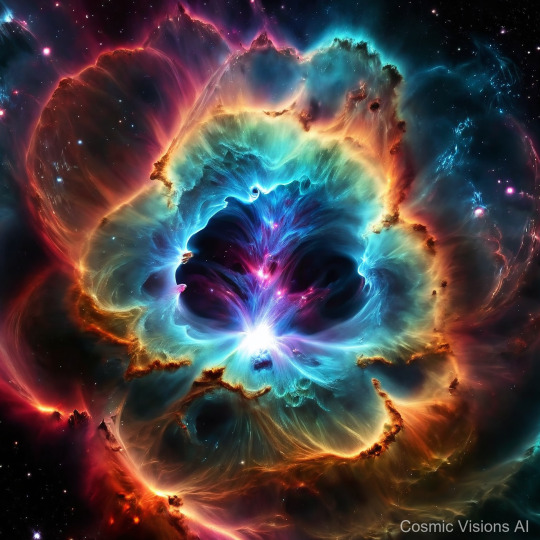
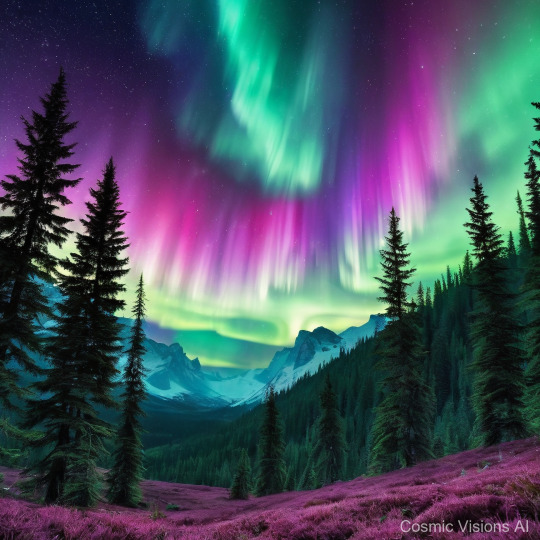
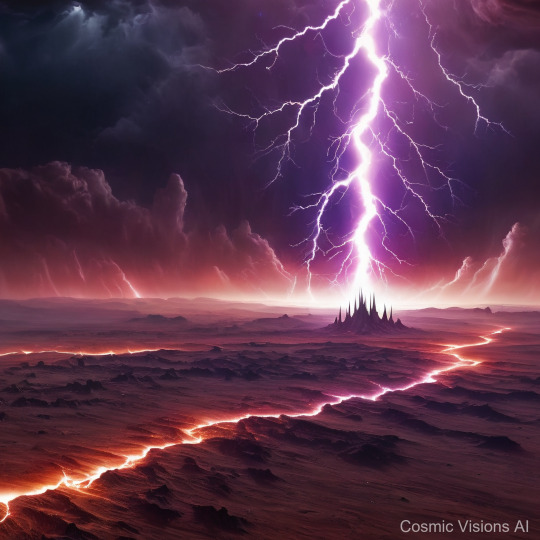
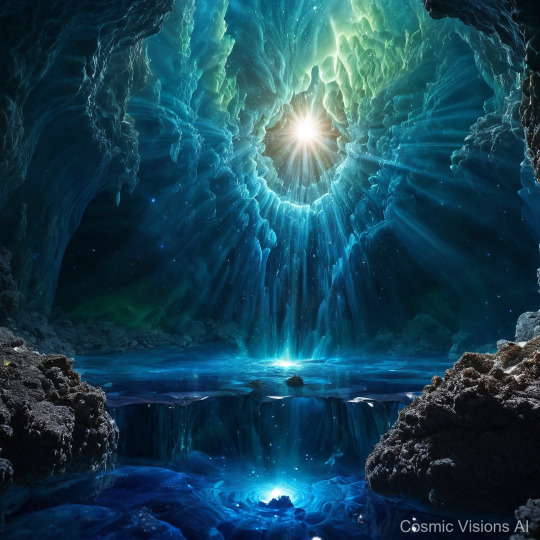
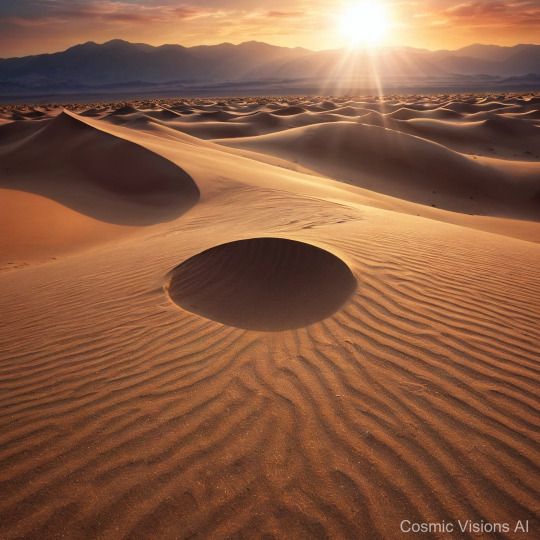
Planet Xylenia, distinctively recognized from space by its radiant teal atmosphere, is enveloped in shimmering crystal auroras that enhance its horizon. As a mid-sized celestial body, it casts a gentle azure glow reliant on the reflection from its unique atmospheric components, primarily consisting of xenon and argon, which facilitate the luminous phenomena seen as crystal auroras. These auroras not only decorate the sky but affect the planet's surface geology. Landing on Xylenia reveals an oasis-like landscape characterized by expansive fields of crystal formations, twinkling under the aurora-lit skies. These regions, predominantly flat with occasional crystal hillocks, resemble vast, frozen seas from afar but up close, are a tapestry of geometric perfection. The atmosphere, while breathtaking, maintains a low-temperature gradient, common in environments with high argon concentrations, preserving the delicate balance of these natural artifacts. Weather patterns remain stable, with rare crystal storms precipitating fine, glittering dust that nourishes the terrain, contributing to its alien beauty.
#CrystalAuroras#DeepSpaceMagic#SpacePhotography#AuroraBorealis#GalacticWonder#StellarSpectacle#AstroAdventures#CelestialViews#NightskyBeauty#AuroraOasis
0 notes
Photo

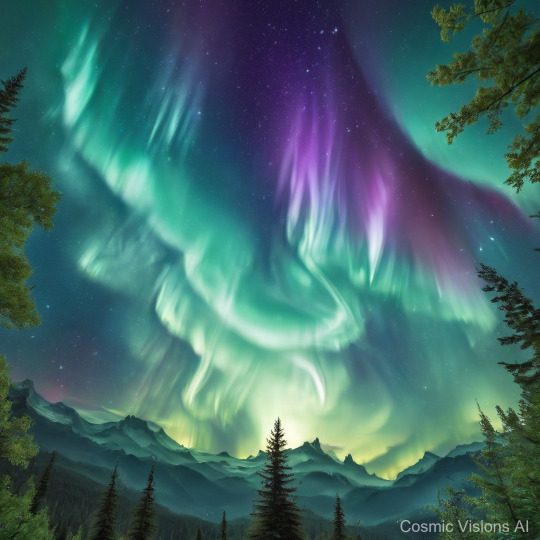
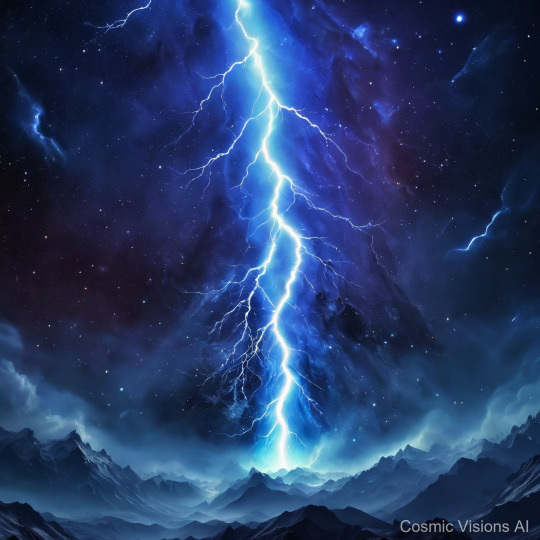
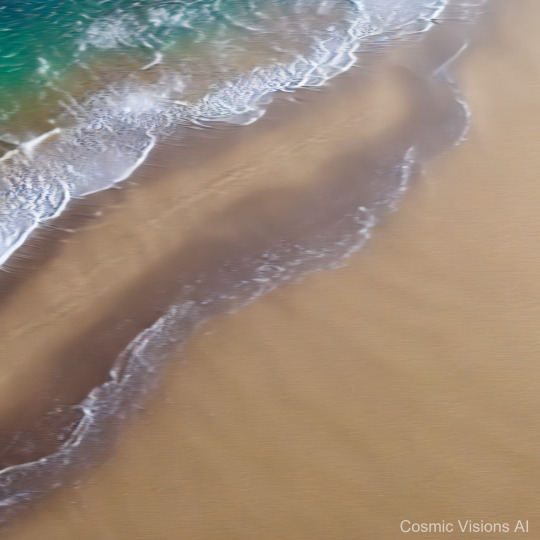

Planet Varidia, viewed from space, appears as a swirling mosaic of sapphire blue and shimmering greens, enveloped in thin veils of iridescent gases. Its most notable features include vast canyons of translucent crystals that catch the sunlight, casting an array of luminous colors visible even from orbit. The surface hosts the Whispering Aurora Forests, where bioluminescent foliage emits soft, pulsating lights and gentle sounds resembling soft whispers due to electrostatic phenomena in the atmosphere. Adjacent to these forests are the Silent Sandstorm Oceans, vast expanses of fine silicate particles constantly stirred by electromagnetic storms, creating an eerie, motion-blurred effect that contrasts starkly with the stillness of their sound. Dominating Varidia’s topography are the Thundering Sapphire Peaks. These immense mountains reflect a deep, jewel-tone blue and experience continuous seismic activities that sound like rolling thunder—echoes of the planet's vibrant geological life. Together, these features make Varidia a planet of both visual and auditory beauty, suggesting a rich tapestry of natural processes and atmospheric phenomena.
#IridescentCrystalCanyons#WhisperingAuroraForests#SilentSandstormOceans#ThunderingSapphirePeaks#GalacticWonders#CelestialScenes#CosmicDreams#HuesOfSpace#NebulaMagic#AstralBeauty
1 note
·
View note
Photo





Planet Luminara, orbiting the quiet star Helios in the Andromeda sector, presents a spectacle of light and mystery with its striking diamond clouds. This medium-sized celestial body exhibits a milky azure hue when viewed from space, primarily due to its thick atmosphere enriched with crystallized carbon particles. The unique atmospheric composition scatters blue and violet light, giving Luminara an enchanting glow seldom seen in other planets. Surface explorations, albeit remotely conducted, reveal landscapes blanketed under a continuous shimmer, akin to winter mornings encrusted with frost. However, the 'frost' on Luminara is composed of diamond dust—formed from extreme atmospheric pressure and temperature conditions—which settles over vast, undulating terrains of dark basaltic rock. This planet does not merely sparkle; it blazes with an ethereal fire under its twin sunsets, a natural phenomenon induced by its reflective clouds, making it a gem of cosmic proportions in the observable universe.
#EtherealDiamondClouds#NebulaPhotography#GalacticBeauty#StarClusterCapture#SpaceArtistry#CelestialWonder#StardustDreams#AstroPhotography#DeepSpaceGems#CosmicVisions
0 notes
Photo





Planet Xyrenthia, observable from space as a shimmering orb of dazzling blues and purples, boasts a unique atmospheric composition consisting largely of silicon particles. This makes the planet’s surface ripe for its most defining and extreme phenomenon: crystal sandstorms. These storms swirl with violent beauty, whipping billions of microscopic, crystalized silicon particles into the air, causing the entire planet to glint like a gem under solar illumination. On the surface, Xyrenthia appears as a sprawling wasteland punctuated by craggy outcrops and deep canyons, all coated in a fine, iridescent dust. During crystal sandstorms, visibility can drop to nearly zero, and the landscape transforms into a surreal, sparkling haze. The storms not only sculpt the geographical features, creating intricate patterns and formations, but also severely affect atmospheric temperatures, which can fluctuate wildly. This harsh yet visually mesmerizing environment highlights the stark beauty and intimidating challenges of exploring such extraterrestrial climates.
#CrystalSandstorm#WastelandPhotography#DeepSpaceExploration#GalacticDesert#AstronomicalSands#SpaceWanderer#CelestialDunes#NebulaDebris#StellarExpedition#CosmicLandscape
0 notes
Photo





Planet Illuminara, a small gem in the Viridian Galaxy, presents a breathtaking spectacle from space. Covered by a thin veil of misty-blue atmosphere, it sparkles subtly under the starlight. Its surface is dominated by vast expanses of crystal formations, predominantly quartz and amethyst, giving it a vibrant, multi-hued appearance. The unique feature of Illuminara is its expansive network of iridescent crystal caverns, which twist and plunge deep into the crust. Illuminated by the planet's naturally occurring bioluminescent gases, these caverns shimmer with a spectrum of colors, creating an otherworldly spectacle. Surface conditions are harsh; temperatures swing drastically from searing daylight highs to frigid nighttime lows, challenging the survival of any terrestrial life forms. The atmosphere, while thin, hosts occasional violent storms that stir the crystal dust, creating shimmering, wind-swept vistas.
#IridescentCrystalCaverns#SpaceGems#CosmicExploration#CelestialDiscoveries#GalacticWonders#AstronomyArt#ExtraterrestrialBeauty#CrystalFormations#DeepSpacePhotography#SpectralElegance
0 notes
Photo





Planet Xylocrix, viewed from orbit, appears as a shimmering sphere cloaked in a thin veil of azure mist. Its size rivals that of Earth; however, unlike its terrestrial cousin, Xylocrix is a barren landscape dominated by luminous crystal shards that jut out from its surface like colossal, jagged teeth. At ground level, these transparent violet and blue crystals form vast wastelands, reflecting and refracting the planet’s dim sunlight in a perpetual dance of light. The atmosphere, though breathable, carries a perpetual chill, and fierce, icy winds sculpt the crystal formations into sharp, grotesque spires. During the rare electrical storms, these crystals conduct spectacular displays of arcing electricity that illuminate the horizon, casting eerie, surreal shadows across the desolate plains. Such conditions suggest Xylocrix is less a haven for life and more a surreal testament to the aesthetic beauty of desolation.
#CrystalShardWasteland#GalacticTerrain#AstronomyArt#SpaceGems#StellarLandscape#AstroPhotography#NebulaSculpture#DeepSpaceArt#AsteroidBeauty#CelestialCrystals
0 notes
Photo

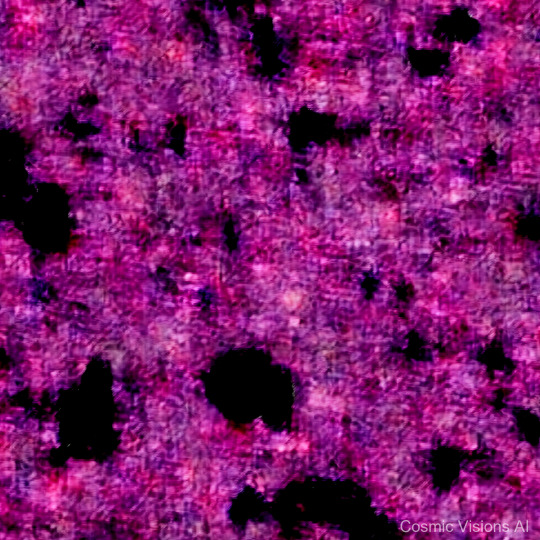
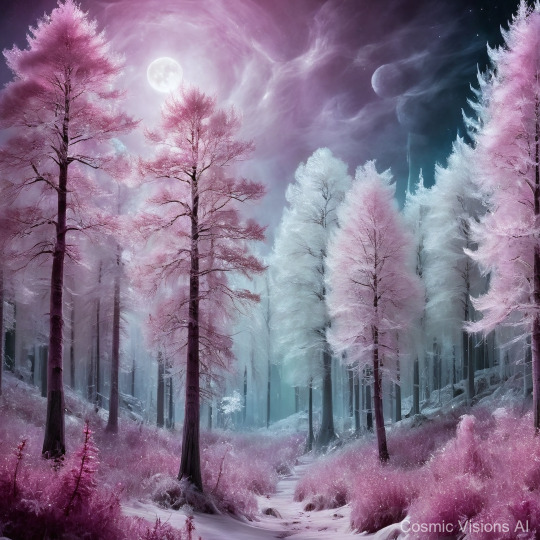

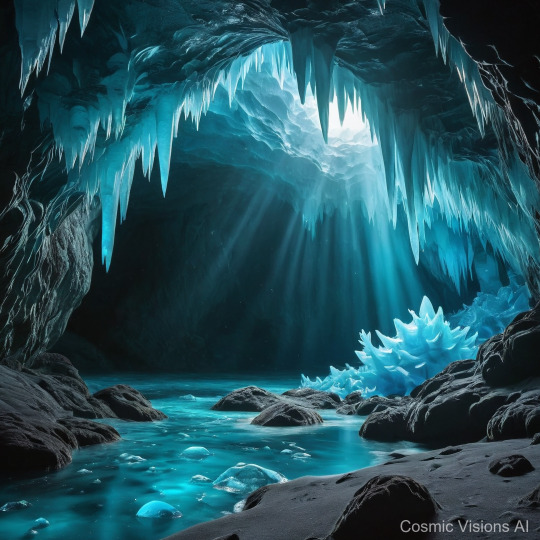
Planet Glacialis Prisma presents a stunning spectacle from orbit with its shimmering turquoise hue, a result of its high methane content atmosphere. Spanning 6,500 kilometers in diameter, this frozen world is etched with intricate patterns of crystal ice caves, which dominate its icy landscape. Surface explorations reveal a network of caverns, each lined with towering ice formations resembling transparent spires. The refraction of light through these ice structures creates a breathtaking prism effect, illuminating the caverns in a kaleidoscope of vibrant colors. Severe sub-zero temperatures, typically hovering around -180°C, preserve these crystalline phenomena. The surface experiences frequent methane storms, stirring the ice into fantastical shapes, adding to the planet’s alien beauty. This hostile yet mesmerizing environment highlights a unique interplay of atmospheric chemistry and extreme cryogeology.
#CrystalIceCaves#GalacticWonders#AstronomyPhotography#SpaceExploration#FrozenWorlds#AstroPhotography#IceFormations#MysticalGalaxies#DeepSpaceBeauty#CelestialAdventures
2 notes
·
View notes
Photo





Planet GlaciesNoctis, a stark world engulfed in eternal darkness, is distinguishable from space by its deep blue hue speckled with white swirls, hinting at omnipresent ice fields shrouded in dense, swirling mists. With no visible starlight, the planet presents a unique case of permanent midnight, maintained by its position in a star system where it receives minimal solar radiation. The surface of GlaciesNoctis is a desolate spectacle of vast ice plains and jagged glaciers, reflecting the faint luminescence of distant celestial bodies with a ghostly glow. The atmosphere, composed primarily of nitrogen and traces of methane, contributes to the extreme sub-freezing temperatures, preserving the ice fields in their ceaseless twilight. Wind-carved ice structures and sporadic geysers of sublimating carbon dioxide break the monotony, suggesting geothermal activity below. This frozen landscape, while uninhabitable, provides a unique laboratory for studying cryogenic geological processes and atmospheric dynamics in perpetual darkness.
#EternalMidnightIceFields#DeepSpacePhotography#GalacticIceExplore#CelestialFreeze#CosmicGlaciers#ZeroGravityChill#IntergalacticFrost#FrozenNebulaBeauty#AstronomicalIceSculptures#ChillingInSpace
1 note
·
View note
Photo





Planet Crystallon, distinguished by its iridescent glow, occupies a unique position in the Galactic Sector ZX-03. Orbiting a quiet dwarf star, this medium-sized planet appears from space as a shimmering orb tinted with swirls of indigo and violet, its atmosphere suffused with silicate particles that reflect starlight in dazzling patterns. The surface is a stark landscape of massive crystal formations, particularly the renowned Luminescent Canyons. These canyons, some spanning hundreds of kilometers, are composed of naturally occurring luminescent crystals that emit a soft, pulsating glow, ranging from deep blues to vibrant purples. The light is not just a visual marvel; it results from the interaction of the planet’s unique magnetic field with the crystal structures, which are believed to be charged by solar winds. This phenomenon creates not only a continuous light source but also a natural energy field that is palpable as one navigates the rugged terrain. Weather conditions here are extreme, with sudden gusts of silicate-laden winds sculpting the ever-changing landscape.
#GlowingCrystalCanyons#DeepSpaceGlow#SpaceCanyonBeauty#CrystalCanyonCapture#GalacticGlow#NebulaPhotography#CelestialCanyons#AstroPhotography#InfinityGlow#CrystalNebulaBeauty
1 note
·
View note
Photo





Planet Glaciox-7, orbiting a dim star in the Celenis system, presents a striking appearance from space. Its surface, dominated by icy blue hues, is punctuated by towering peaks and deep chasms, most notably the Crystal Frost Peaks, which reflect sunlight with intense brilliance due to their unique crystalline ice structures. The atmosphere is thin, primarily composed of nitrogen and trace oxygen, creating conditions that support the formation of this planet's distinctive frost. Up close, the Crystal Frost Peaks reveal a landscape both mesmerizing and harsh. The climate is perpetually frigid, with frequent snowstorms that blanket the jagged peaks in powdery white, further enhancing their shimmering surface. The crystalline formations on these peaks form under extremely low temperatures, undergoing a rare process that aligns molecules into intricate patterns. Such conditions make Glaciox-7 a natural wonder, showcasing one of the most spectacular and extreme environments in the known galaxy.
#CrystalFrostPeaks#GalacticIceMountains#AstronomyMarvels#OuterSpaceMagic#CelestialGlaciers#StellarSnowCaps#FrozenSpaceBeauty#NebulaPeakViews#IceCrystalClusters#CosmicChillScenes
1 note
·
View note
Photo





Planet Aquatilis twinkles in the cosmos like a sapphire, its surface swirling with deep blues and vibrant turquoise hues. This aquatic world is distinguished by its extensive coral reefscape, visible even from space as radiant, textured patches that contrast starkly against the darker ocean depths. Aquatilis's atmosphere, rich in oxygen and nitrogen, supports a dynamic weather system, characterized by gentle winds and frequent, misty precipitation that nourishes its expansive marine biosphere. Exploration images reveal a kaleidoscopic underwater realm where the coral formations dominate the landscape, exhibiting a dizzying array of shapes and colors. These structures, ranging from towering spires to delicate fans, teem with diverse aquatic life adapted to the unique environmental pressures and chemical balances of their planet. The coral serves not only as a habitat but also significantly influences the chemical makeup of the planet's oceans, playing a crucial role in CO2 absorption and water quality regulation. Aquatilis, with its vivid, living reefs, provides a stunning example of extraterrestrial marine ecosystems hitherto unparalleled in our celestial observations.
#VibrantCoralReefscape#GalacticAquarium#NeonOceans#DeepSpaceDiscovery#CosmicCoralLife#UnderwaterGalaxy#StellarSeascape#AstronomyArt#CoralReefSpectacular#SpaceScubaDiving
3 notes
·
View notes
Photo





Planet Krystallon, catalogued as XJ-209b, is distinctive for its radiant turquoise hue visible from space, a product of its silica-rich atmosphere scattering blue light. Similar in size to Earth, though its atmosphere consists predominantly of argon and neon, casting a shimmering glow seen in few celestial bodies. The surface is dominated by vast dunes composed of crystal sand, gleaming like millions of fractured diamonds under the system's twin suns. These unique dunes, formed from highly reflective silicon crystals, create stunning light shows that would captivate any observer. Nestled intermittently between these crystal expanses are oases, vibrant with alien flora that thrives in silicon-enriched soils, surviving on diurnal condensation. The planet's weather patterns are mild with sporadic gusts that shift the dunal landscapes, reshaping them in endless patterns of mesmerizing complexity.
#CrystalSandDunes#SpaceOasis#DeepSpacePhotography#GalacticExploration#AstronomyAdventures#CelestialWonders#ExoplanetParadise#InterstellarJourney#NebulaDreams#CosmicWanderlust
0 notes
Photo





Planet Crystallon, in the Carina Nebula, features vast canyons and ravines predominantly composed of naturally occurring amethyst and rose quartz. From space, Crystallon appears as a shimmering violet sphere with swirling pink clouds, indicative of its rich crystal deposits and turbulent atmosphere laden with silicate particles. The planet's surface is characterized by towering canyon walls reaching heights of over 4 km, brilliantly reflecting the system’s twin suns. The atmosphere, although rich in minerals, is thin and lacks the necessary compounds for human respiration, presenting a significance in terms of terraforming challenges and opportunities. Unique weather phenomena on Crystallon include crystal storms, where charged particles cause the airborne silicates to glow with an eerie, luminescent light, casting breathtaking reflections across the jagged canyon floors. These conditions, while hostile, contribute to the planet's mesmerizing natural beauty and potential for energy harvesting.
#CelestialCrystalCanyons#GalacticGorges#AstronomyArt#NebulaExploration#StellarSculptures#CosmicCanyons#SpaceFascination#AstroPhotography#StarDustSpectacle#BeyondTheInfinity
1 note
·
View note
Photo





Planet Aquarine, visible from space as a resplendent globe shimmering in tones of azure and teal, is encapsulated in a thin, breathable atmosphere of primarily oxygen and nitrogen. Its defining feature, seen clearly from orbital viewpoints, is vast oceans that exhibit an unusual iridescent shine, reminiscent of opal's play of color. This phenomenon arises from the water's saturation with microscopic crystalline structures, which reflect and scatter light. Surface expeditions, though unmanned, reveal a largely aquatic ecosystem. Iridescent crystal waters dominate the landscape, sporadically interspersed with archipelagos of rugged, basaltic islands that offer a striking contrast to the luminous fluid expanses. An absence of significant land mass suggests minimal tectonic activity, as supported by the uniformity of the islands' geological structures. Unique to Aquarine, periodic intense luminescent storms sweep across the planet, casting dynamic hues across the crystalline seas and sky, adding yet another layer of wonder to this brilliant jewel of a planet.
#IridescentCrystalWaters#SpaceGems#NebulaParadise#GalacticReflections#DeepSpaceAqua#AstroJewels#CelestialOceans#CosmicSerenity#EtherealAquarium#StellarSpectra
0 notes
Photo





Planet Glitra-X5, observed from orbit, reveals a vibrant teal surface speckled with sapphire blue, enveloped in swirling cyan mists. The atmosphere, composed of a rare mix of xenon and argon, diffuses light to create perpetual twilight conditions. Unique to this celestial body are its Crystal Rainforest Caverns, hidden beneath dense bioluminescent foliage and accessed through winding crystal-coated tunnels. The caverns themselves are a marvel of natural architecture, featuring towering columns of naturally formed amethyst and quartz, which refract light into dazzling spectrums that dance across the lush, fern-like flora. Here, precipitation is extraordinary—silica-rich water condenses into semi-solid states, drizzling down as a rain of fine crystal shards. These shards contribute to the ever-growing glistening landscape, creating a self-sustaining ecosystem of light and mineral. This phenomenon, combined with the caverns' radiant flora, sets a breathtaking yet alien scene, reminiscent of a living kaleidoscope.
#CrystalRainforestCaverns#DeepSpaceBeauty#GalacticWonders#SpaceExplorer#AstronomyAdventures#NebulaDreams#CelestialMagic#StarGazingJourney#AlienLandscape#AstroPhotography
1 note
·
View note
Photo





Planet Xyloxis, observable from space as a shimmering sapphire orb, boasts a thin, breathable atmosphere predominantly composed of nitrogen and trace oxygen. This world, slightly smaller than Earth, gleams with a unique geological feature: vast iridescent crystal caverns that surface intermittently across its landscape. Surface explorations reveal these caverns are composed of Xylonite, a crystalline mineral that refracts light into dazzling spectrums. Internally, these caverns form labyrinthine networks that glimmer intensely under the planet’s twin suns. The ambient temperature within these confines remains surprisingly stable, an intriguing anomaly given Xyloxis's otherwise fluctuating surface temperatures ranging from -20°C to 35°C. These radiant crystal sanctuaries not only sculpt the planet's breathtaking vistas but might also harbor unique geochemical processes, hinting at potential subterranean biosystems.
#IridescentCrystalCaverns#SpaceGems#GalacticBeauty#CelestialWonder#StardustMagic#CosmicExploration#AuroraCaves#NebulaTreasures#MysticDepths#AstroPhotography#✨
0 notes
Photo

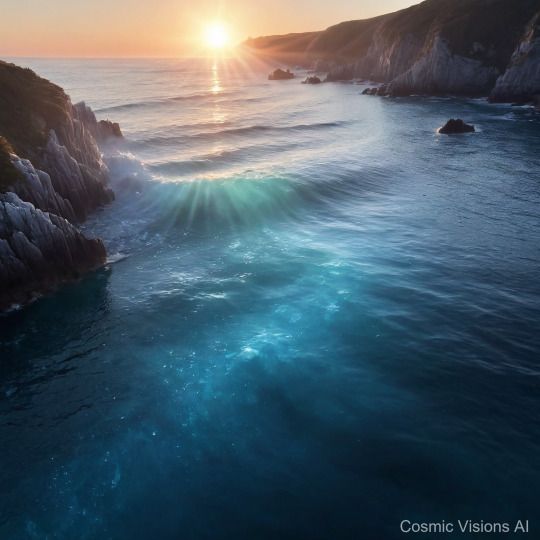

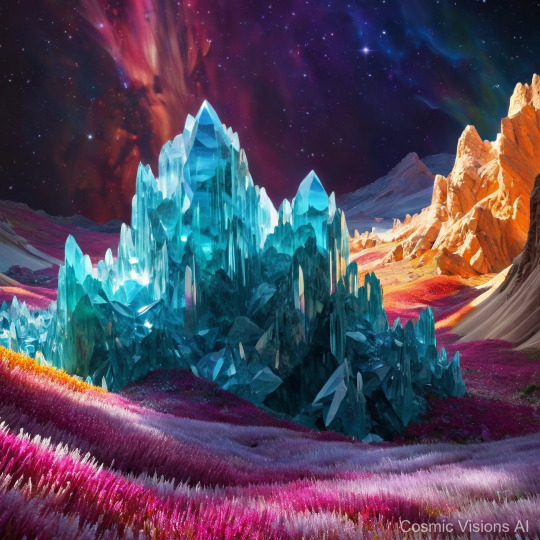
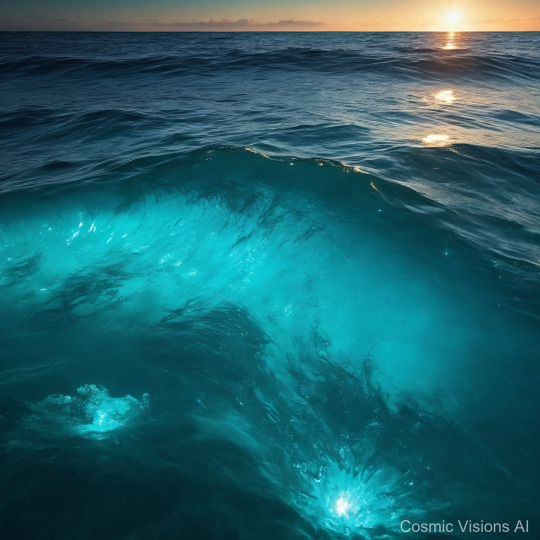
Planet Vetrilyx-7 presents a stunning visual from space, with a vast azure hue resembling a cloudless terrestrial sky. Observations confirm that its shimmering surface is not liquid water but rather a sea of dense, crystalline structures which sparkle under the radiant glow of its nearby star. This unique feature reflects light in a manner that suggests both extreme beauty and volatile environmental conditions. Surface explorations, conducted remotely, reveal that these ‘oceans’ subtly vibrate, emitting a continuous, low-frequency hum thought to result from wind interactions with the crystalline formations. This whispering resonates throughout the planet's thin atmosphere, composed primarily of nitrogen and trace organics, contributing to a hauntingly beautiful soundscape. The planet’s weather, although limited by the thin atmosphere, involves occasional crystalline dust storms that reshape the jagged landscape, hinting at both dynamic geological activity and the relentless passage of aeons.
#WhisperingCrystalOceans#SpaceWhispers#CosmicSeas#NebulaReflections#GalacticWaves#AstronomyArt#StellarWaters#CelestialVoyage#OceanOfStars#UniverseWhispers
1 note
·
View note